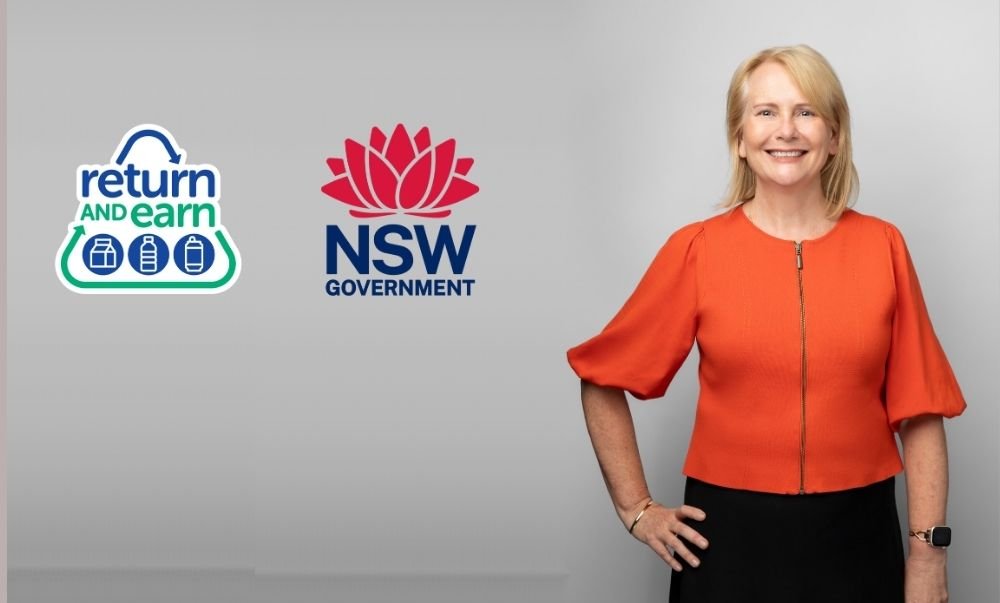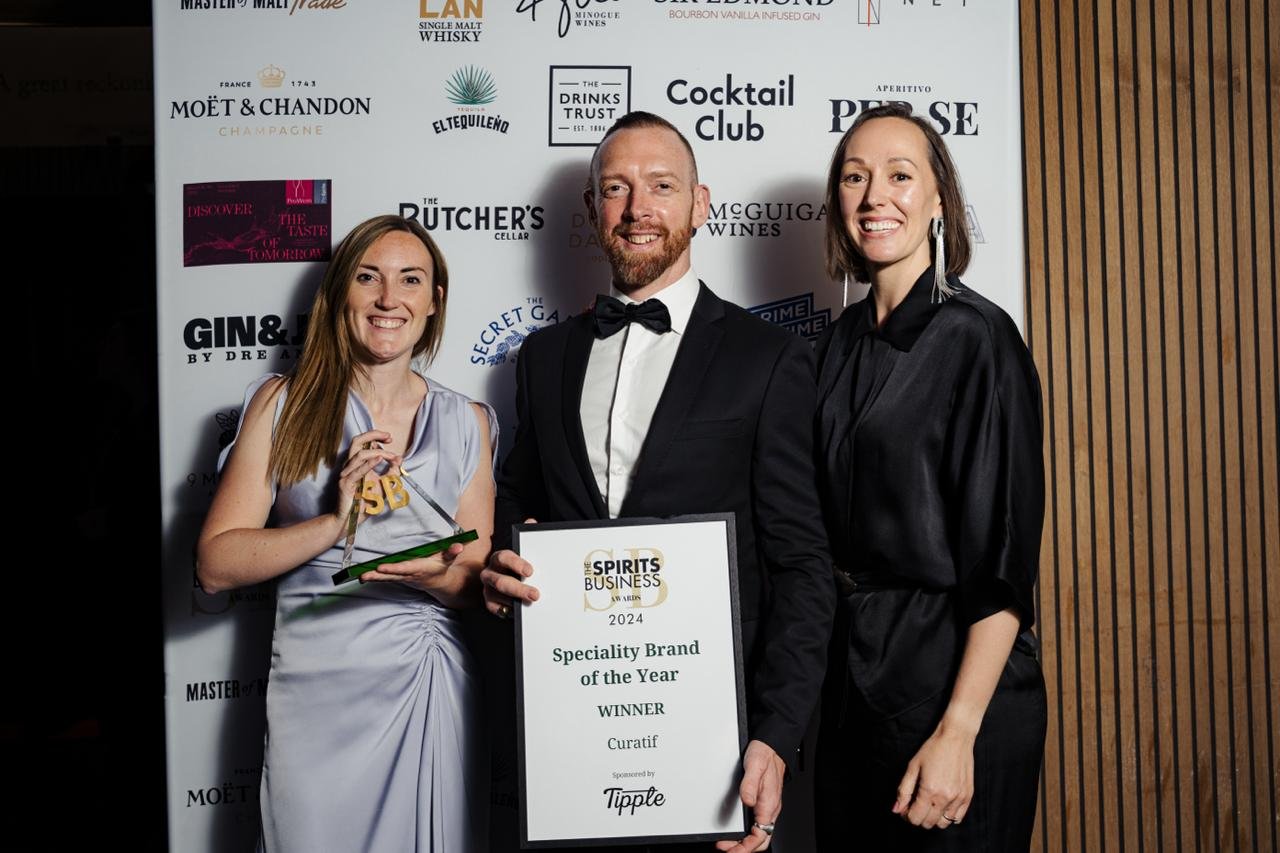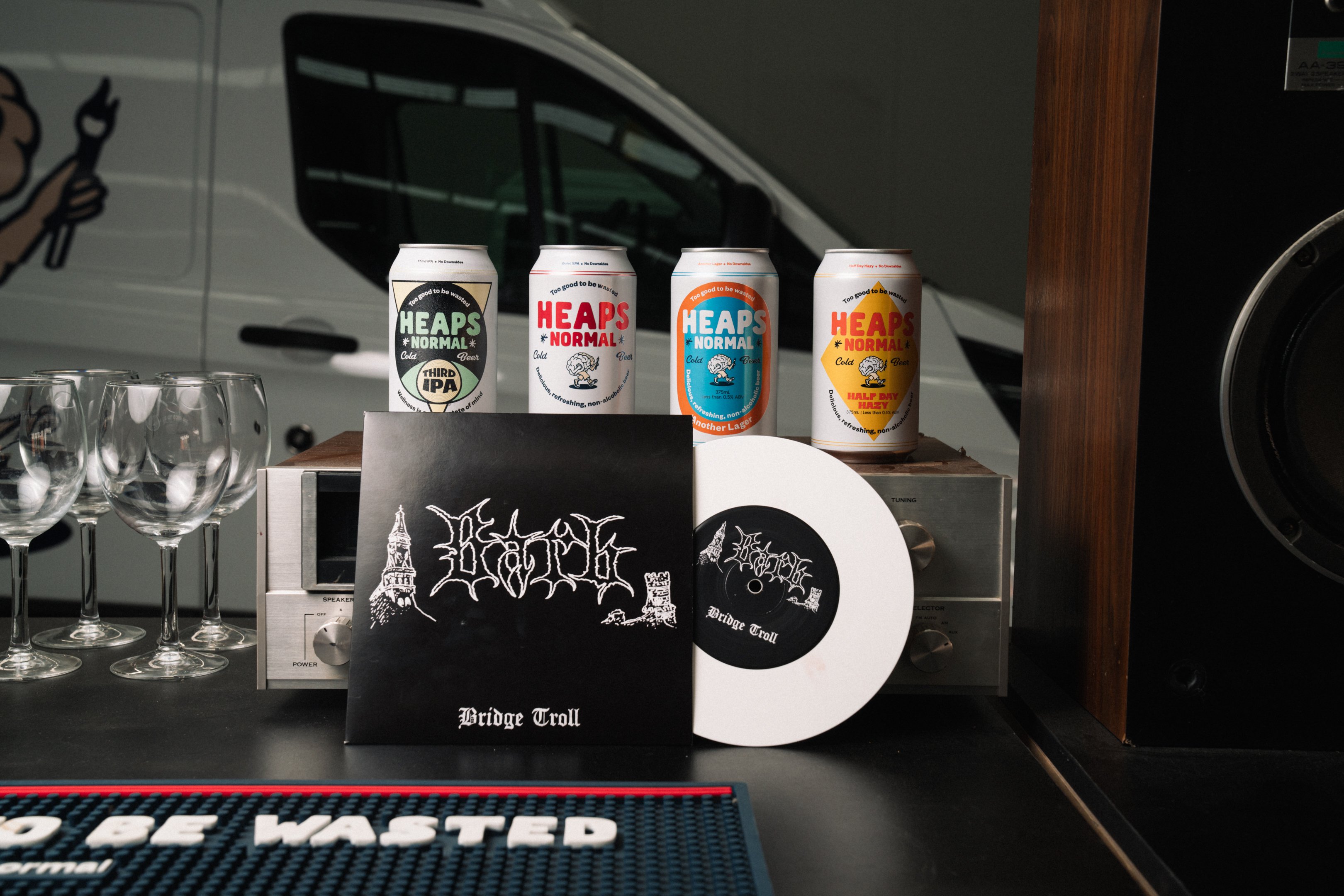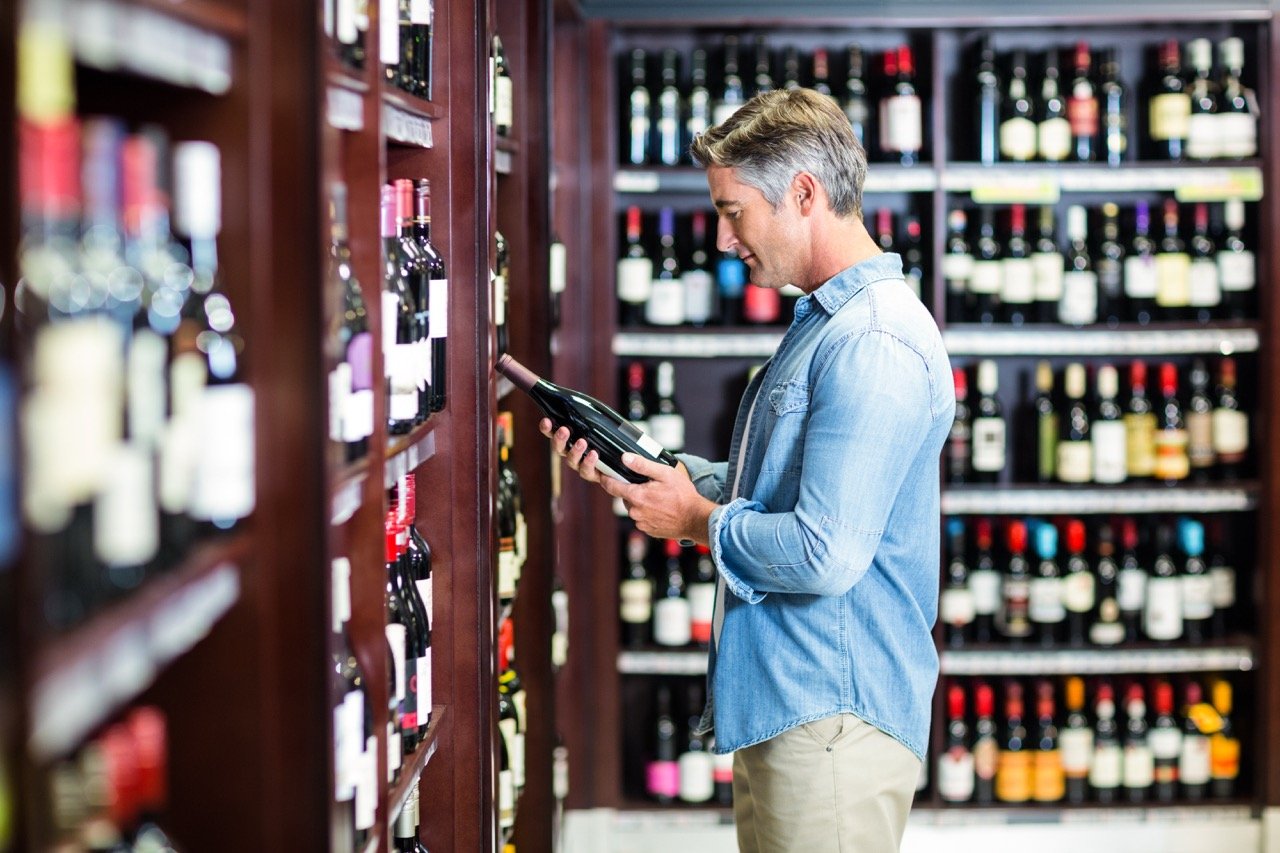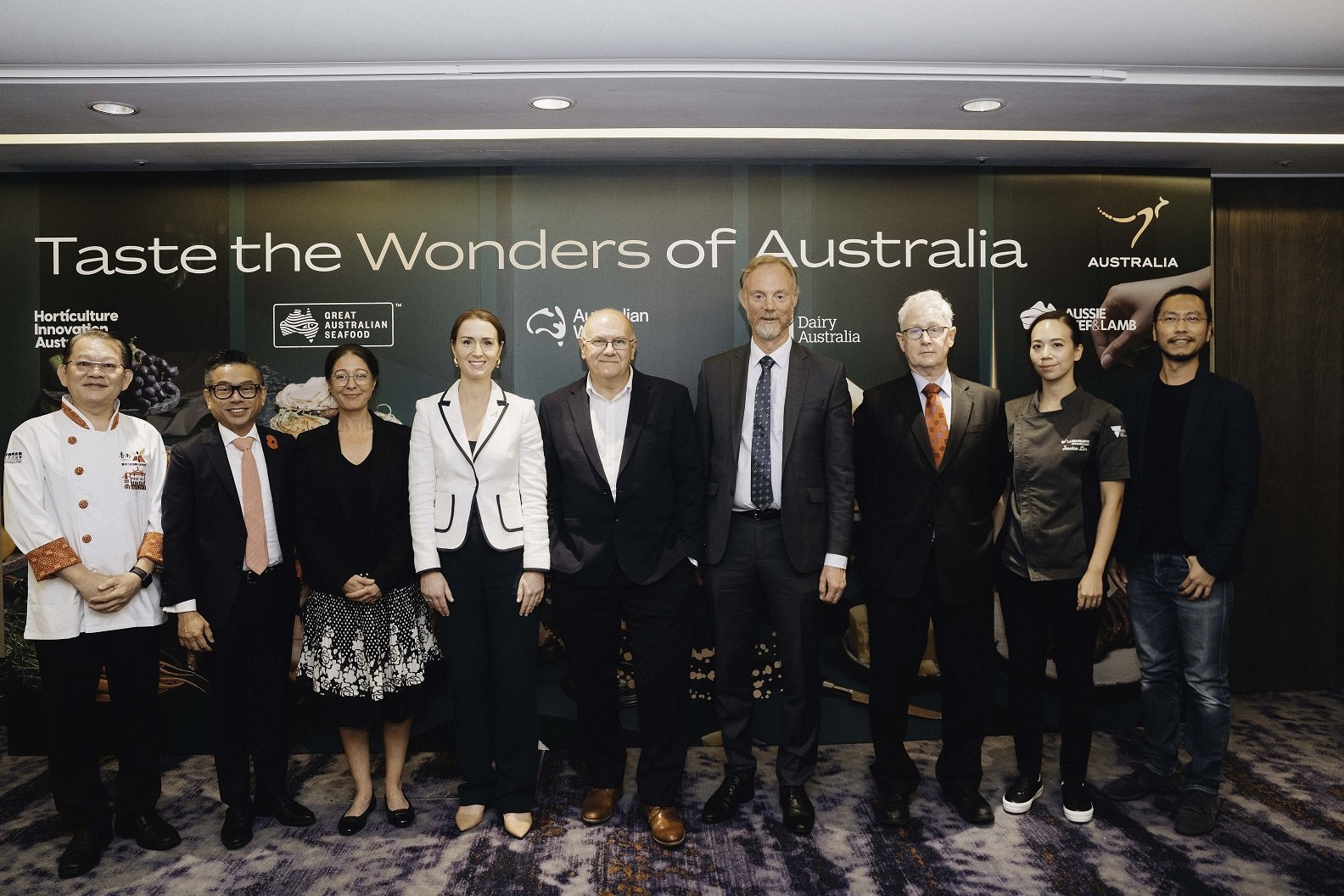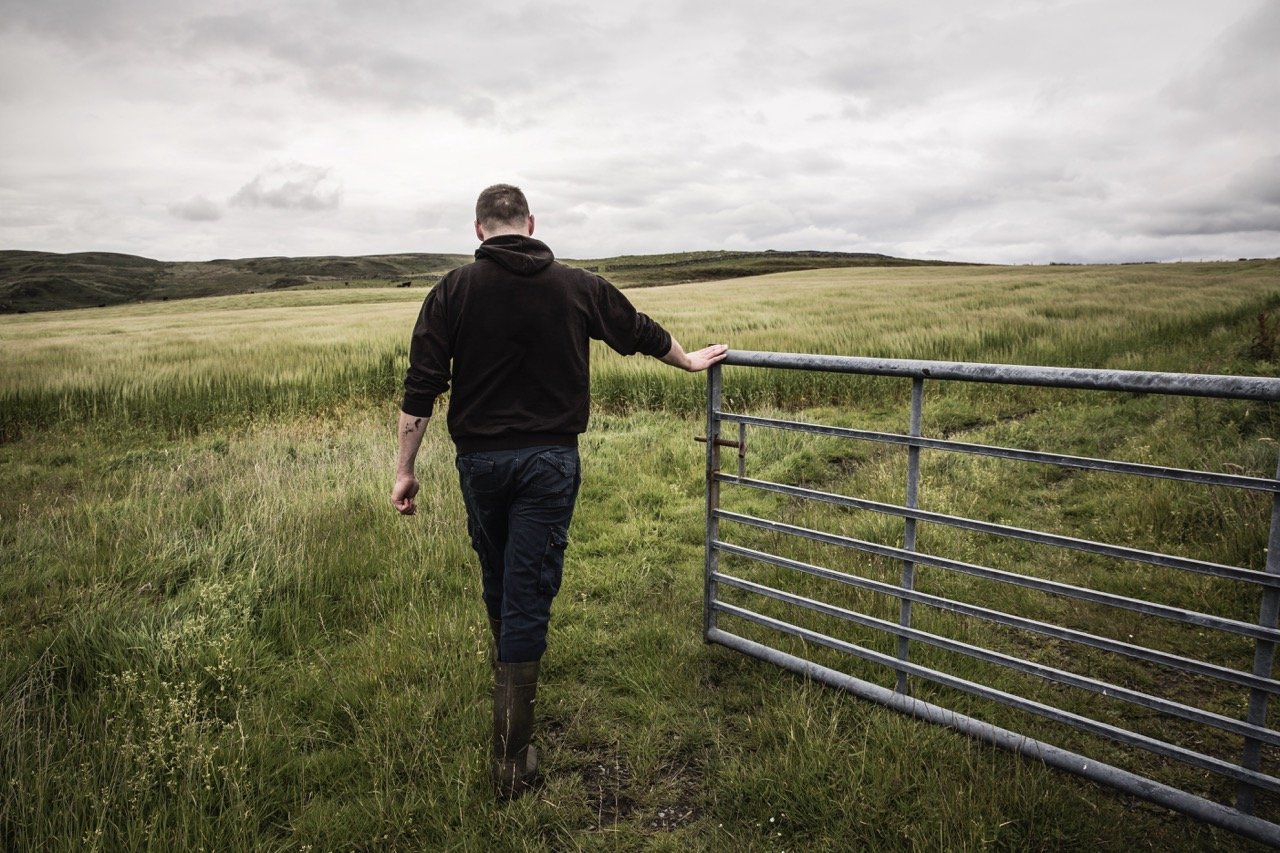When first introduced to NSW in December 2017, the Return and Earn CDS, a scheme directly funded by the beverage industry, drew significant and diverse criticism from a variety of industry vantage points. This included suppliers viewing it as onerous and expensive and small businesses feeling they were disproportionately affected by its terms. Drinks companies were forced to implement price rises as a direct consequence of its rollout.
More than six years after launch, the Return and Earn scheme recently surpassed the milestone of having recycled 11 billion bottles, cans and cartons. Drinks Trade felt this would be a good opportunity to revisit some of the drinks industry's initial causes of concern with Danielle Smalley, CEO at Exchange for Change, the scheme's coordinator.
Drinks Trade: Can you introduce yourself and Exchange for Change's connection to Return and Earn?
Danielle Smalley: So I'm Danielle Smalley, I’m CEO, I've been the CEO for four years at Exchange for Change. We coordinate the scheme, so what that means is that, Exchange for Change, we do the financial administration of it - so we have really strong interface with the beverage suppliers in New South Wales - we do the audit and risk as well - so we make sure that the scheme integrity is maintained - and we do the marketing communications - so making sure that people know about it.
DT: Probably the biggest initial gripe with the scheme has been making suppliers cover its cost (both the 10 cent refund and the cost of managing the scheme itself). Do you feel the attitudes of suppliers towards the scheme has improved since its start?
DS: It's a product stewardship scheme - the policy settings were done by government. And in a product stewardship scheme, whoever's producing the product pays for that product to be dealt with after it's put in the market, so I guess there’s that element of it.
We see some suppliers who are now tapping into the scheme and using it to promote that you can get 10 cents back if you return your container. Some suppliers are sort of looking at the environmental benefits and promoting that to their consumers.
What I can say is we don't hear really hear many complaints about the scheme itself anymore. Now, I'm not saying that means that suppliers are happy about it.
DT: How about the administration side of things - the scheme has a bit of a reputation for being a little difficult to navigate when across jurisdictions?
DS: I’ll be really transparent and say what we do know is the pain point for suppliers and is something we're working on is just participating in the scheme - so the fact that if they're participating in different jurisdictions, they have to sign up to each of the different schemes, so it's more administration for them, so we’re working across jurisdictions at the moment to see how we could potentially reduce that administration for them.
And certainly, while that's happening in New South Wales, we are continuously looking at how we can reduce the admin for suppliers - so, you know, for example, initially, our suppliers were required to provide an annual statutory declaration - we got feedback that this was really hard for particularly the small suppliers to do, so we worked with government because it's, as said, government sets the policy, gave them that feedback that that requirements now been removed. We have for small suppliers, they can opt to be invoiced quarterly so that they're not having to deal with invoices every month, so we're always looking for those opportunities to reduce the amount of administration it requires for suppliers to participate in the scheme, but we absolutely are aware that it's still a pain point for a lot of supply, particularly the smaller suppliers.
DT: Another big concern for the scheme, not only in the drinks industry but in general, was in regards to there not being sufficient recycling infrastructure in NSW to keep up with the program. Has this changed or is it still a work in progress?
DS: I think it's always a work in progress, but we've got 100% of glass being recycled at facilities either in New South Wales or South Australia, which is extraordinary, and 100% of the PET - actually the PET facility cannot get enough containers! So what we have now is some members of the beverage industry pushing us to really increase that redemption rate because they want those containers because they want access to that recycled material.
So yeah, from that point of view, I think we have seen the onshore markets respond really well to that but, you know, work in progress.
But I think your point - it's really important that the whole chain is looked at when any product stewardship scheme is being set up… An example where it didn't quite work was the plastic bags, the red cycle, where they sort of didn't have that end market and therefore, it was so successful they didn't really keep that flow going through. They’re addressing that now as well is my understanding.
DT: Regarding the offshore aluminium recycling - can you talk about its traceability and efficiency?
DS: We know 100% about who it goes to - we know it goes to recyclers in South Korea and Norway and it's highly sought after because it's so clean - the network operator will not be paid for those containers unless they can demonstrate that it's been fetched for recycling.
DT: Any final comments? Anything else you want readers to know about Return and Earn?
DS: So it was initially introduced as a litter reduction initiative and it's been extraordinarily successful in terms of litter reduction - we've seen a 54% reduction in the littering of drink containers since that time.
And just a personal reflection: I went out [to a] big cleanup Australia Day on Wednesday and we found lots of things like balloons and vapes and cigarette butts, but there were very, very, very few drink containers in there, which I think is a good thing for the beverage industry.
I guess now it's been seen more as a recycling circular economy scheme, so it has been extraordinarily successful in terms of the circular economy… We now have 100% of glass and 100% of PET being recycled onshore; so that wasn't the case at the beginning of the scheme but what we’re seeing is these markets filled up onshore and these recycling facilities either expand or be built like the one in Albury, the PET plant.
The other really great benefit of the scheme… is just the social benefit. So since the scheme started, we know that there's been $54 million generated for charities and community groups either through the fees they get from hosting a return point or by people donating their containers to them; and they're the ones we know about, they're the ones who register with the scheme.
We also know that there are thousands and thousands of schools and sporting groups and community groups who also fundraise by collecting containers so I guess from all that, the scheme has been very successful.
Share the content
